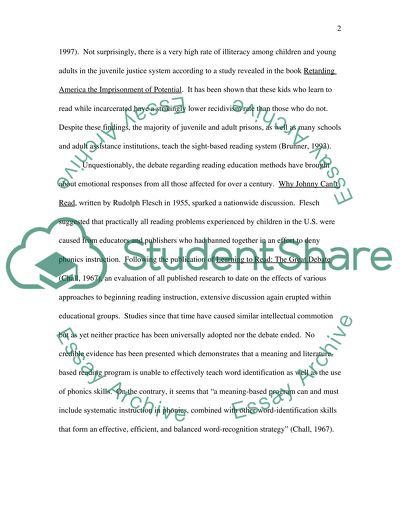Cite this document
(“Illiteracy Essay Example | Topics and Well Written Essays - 1500 words”, n.d.)
Retrieved from https://studentshare.org/miscellaneous/1541493-illiteracy
Retrieved from https://studentshare.org/miscellaneous/1541493-illiteracy
(Illiteracy Essay Example | Topics and Well Written Essays - 1500 Words)
https://studentshare.org/miscellaneous/1541493-illiteracy.
https://studentshare.org/miscellaneous/1541493-illiteracy.
“Illiteracy Essay Example | Topics and Well Written Essays - 1500 Words”, n.d. https://studentshare.org/miscellaneous/1541493-illiteracy.


